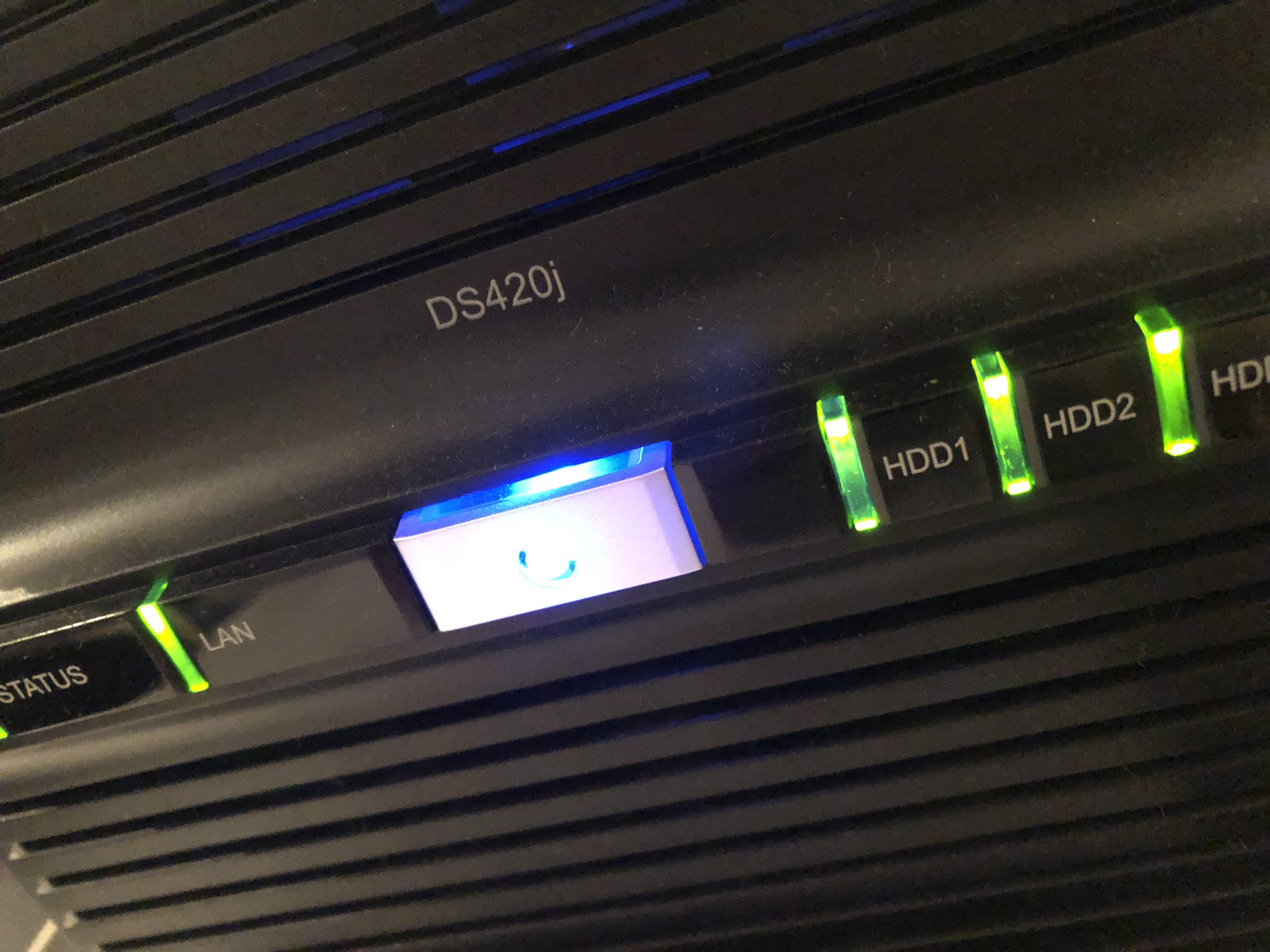I recently proceeded to solve a problem I was observing more and more from my sturdy Synology DS413j (7-year-old after all): I ran out of space and the old DS413j has no longer any extension possibility after the four 4TB disks in SHR mode (10.41TB accessible). So, I just bought a shiny new (and black) DS420j (still very cheap, still equipped with the excellent Synology DSM 6.x OS).
I thought I had the advantage of shelf-available old disk drives that I could use to jump-start the new NAS (some had previously been used for years in the DS413j while upgrading from smaller sizes) without an immediate need for new purchases. But if this was definitely not a full success, it proved fascinating. I started experimenting with the three 3TB WD Red (about 3-year old) and one 2TB Seagate (significantly older).
DSM immediately informed me of 970 reallocated sectors on the old Seagate. An immediate and extensive SMART test brought 2 more re-allocations. This one is dying. Even in a RAID, you don’t want this. It is going into recycling storage bin. I’ll start with only 3x3TB. Another disk can wait since I just need a few TB in the short term.
Parity Consistency Check on three WD Red disks: Two sectors are marked as re-identified (I still have to check the exact meaning).
Intermediate conclusions:
- I will need to purchase new magnetic blades in the short term.
- Thanks to DSM for a clear and meaningful identification of the risks, even before use of the disk!
- Even with long-term shelf storage (or because of it), hard disk drives can age badly.
I now need to test (out of sheer curiosity) some really old hard disk drives of low capacity, in order to get a feeling about how they have been aging on my shelf, with only sporadic uses.
Result: Out of two old Seagate Barracuda 7200rpm 750GB drives, only one appears clean (the other already exhibits 116 reallocations); On the opposite, a Seagate Barracuda 7200rpm 160Go is flying high without any apparent issue, according to SMART.
Lesson learned: It’s no use trying to go cheap and believing in old hard disk drives. They may certainly be able to provide some additional side service (easy to put them in an external enclosure). But they must stay protected by a good backup strategy and, for sure, the strategy should not rely on them.

Leave a Reply